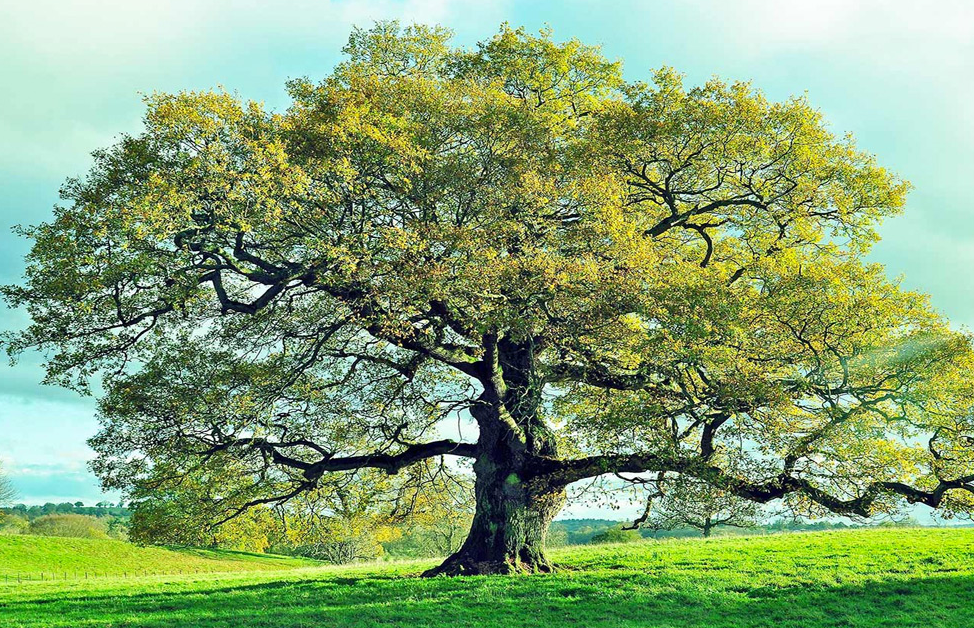Cameroon, a country in Central Africa known for its rich biodiversity, cultural heritage, and vibrant communities, proudly recognizes mahogany as Cameroon National Tree. This majestic tree holds great significance for the people of Cameroon, both economically and culturally. In this article, we will explore the historical background, botanical description, ecological importance, economic significance, conservation efforts, cultural significance, sustainable harvesting practices, health benefits, and international trade regulations associated with Cameroon’s national tree, mahogany.
Historical Background of Cameroon National Tree
Mahogany has deep roots in Cameroon’s history, dating back centuries. Indigenous communities have long recognized and utilized the versatile properties of mahogany. The tree has been traditionally employed for various purposes, including construction, furniture making, and cultural artifacts. It has played a vital role in shaping Cameroon’s cultural heritage.
Botanical Description
Mahogany trees are renowned for their imposing stature and beautiful reddish-brown wood. These tropical hardwood trees can grow up to 150 feet tall, with a straight trunk and large, symmetrical branches. The leaves are dark green, pinnate, and arranged in an alternate pattern. Mahogany trees are known for their longevity, often living for over 100 years.
Ecological Importance
Mahogany plays a crucial role in maintaining biodiversity in Cameroon’s ecosystems. The tree provides habitat and food for numerous animal species. Its dense foliage offers shade and shelter, supporting a diverse range of flora and fauna. The deep-rooted mahogany helps prevent soil erosion and contributes to the overall health of the environment.
Economic Significance of Cameroon National Tree
Mahogany is highly valued in the timber industry, both locally and internationally. Cameroon’s mahogany is sought after for its exceptional quality and durability. The wood is used in furniture production, flooring, cabinetry, and other high-end applications. The export of mahogany products contributes significantly to Cameroon’s economy.
Conservation Efforts for Cameroon National Tree
Recognizing the importance of preserving mahogany forests, Cameroon has implemented various conservation initiatives. These efforts aim to protect mahogany trees and their habitats from illegal logging and deforestation. The government collaborates with local communities to promote sustainable harvesting practices and raise awareness about the conservation of mahogany.
Cultural Significance of Cameroon National Tree
Mahogany holds deep cultural significance in Cameroon. It is widely used in traditional ceremonies, such as weddings, funerals, and initiation rites. The wood is intricately carved into masks, sculptures, and musical instruments, reflecting the rich artistic heritage of Cameroon’s diverse ethnic groups. Mahogany is often associated with spiritual beliefs and symbolizes strength and resilience.
Sustainable Harvesting Practices
To ensure the long-term sustainability of mahogany, responsible harvesting practices are essential. Cameroon promotes sustainable logging through certification programs and regulations that govern the extraction and trade of mahogany. Involving local communities in decision-making processes fosters a sense of ownership and encourages responsible resource management.
Health Benefits and Medicinal Uses
Apart from its cultural and economic significance, mahogany also possesses medicinal properties. Traditional healers in Cameroon have used various parts of the mahogany tree for treating ailments such as fever, gastrointestinal issues, and skin conditions. Scientific research has shown promising results in validating these traditional uses, highlighting the potential health benefits of mahogany.
International Trade and Regulations
The international trade of mahogany is regulated by agreements such as the Convention on International Trade in Endangered Species of Wild Fauna and Flora (CITES). These agreements aim to prevent the overexploitation of mahogany species and ensure sustainable trade practices. Cameroon actively participates in international efforts to protect mahogany and promote responsible trade.
FAQs (Frequently Asked Questions)
FAQ 1: What makes mahogany the national tree of Cameroon?
Mahogany’s cultural, ecological, and economic importance to Cameroon makes it a fitting choice as the national tree. Its long history in the country, versatile uses, and significant contribution to the economy and environment all played a role in its selection.
FAQ 2: How is mahogany used in traditional ceremonies?
Mahogany is intricately carved into masks, sculptures, and ceremonial objects used in traditional ceremonies. It symbolizes cultural heritage, strength, and spiritual significance, adding depth and meaning to these rituals.
FAQ 3: Are there any endangered mahogany species in Cameroon?
While some mahogany species are considered vulnerable or endangered globally, Cameroon is home to sustainable populations of mahogany trees. Conservation efforts aim to protect these species and their habitats.
FAQ 4: How does mahogany contribute to the local economy?
Mahogany logging and the export of mahogany products generate significant revenue for Cameroon. The industry provides employment opportunities and supports the livelihoods of many individuals and communities.
FAQ 5: What are the environmental threats to mahogany in Cameroon?
Illegal logging, habitat destruction, and climate change pose significant threats to mahogany forests in Cameroon. Conservation efforts focus on combating these threats and promoting sustainable practices to ensure the survival of mahogany for future generations.
Conclusion
Mahogany stands tall as Cameroon’s national tree, representing the country’s rich cultural heritage, ecological significance, and economic prosperity. With its historical importance, versatile uses, and contributions to biodiversity conservation, mahogany holds a special place in the hearts of Cameroonians. Through sustainable harvesting practices, conservation efforts, and international collaborations, Cameroon aims to safeguard the future of mahogany and ensure its continued presence in the country’s landscapes.
References:
- African Mahogany (Khaya spp.) – Tropical Timber Market Report. (n.d.). ITTO – International Tropical Timber Organization. Retrieved from https://www.itto.int/mis_detail/id=1900
- Cameroon: Background and U.S. Relations. (2021, April 1). Congressional Research Service. Retrieved from https://fas.org/sgp/crs/row/RL34336.pdf
- CITES Appendices. (n.d.). CITES – Convention on International Trade in Endangered Species of Wild Fauna and Flora. Retrieved from https://www.cites.org/eng/app/index.php


